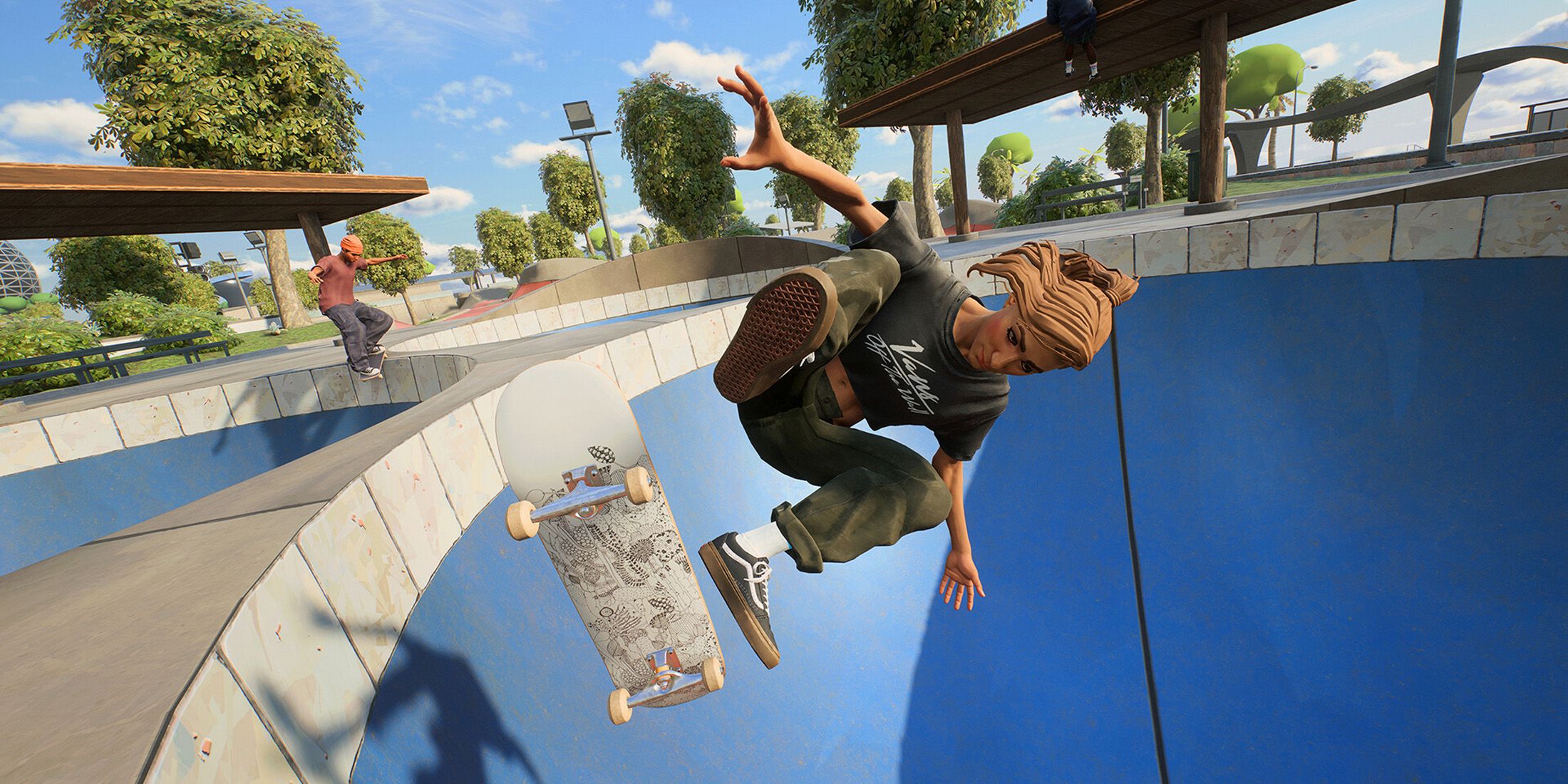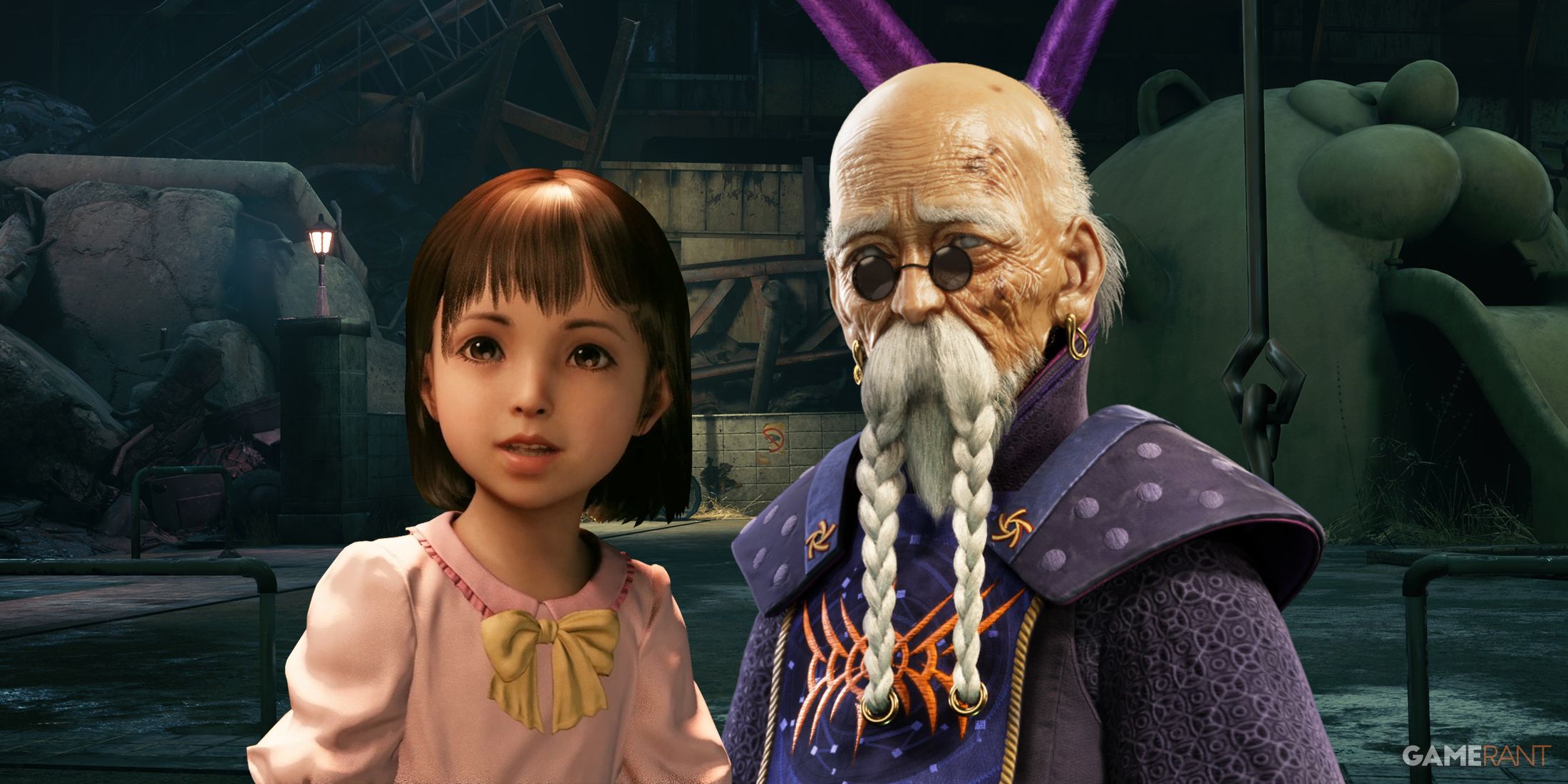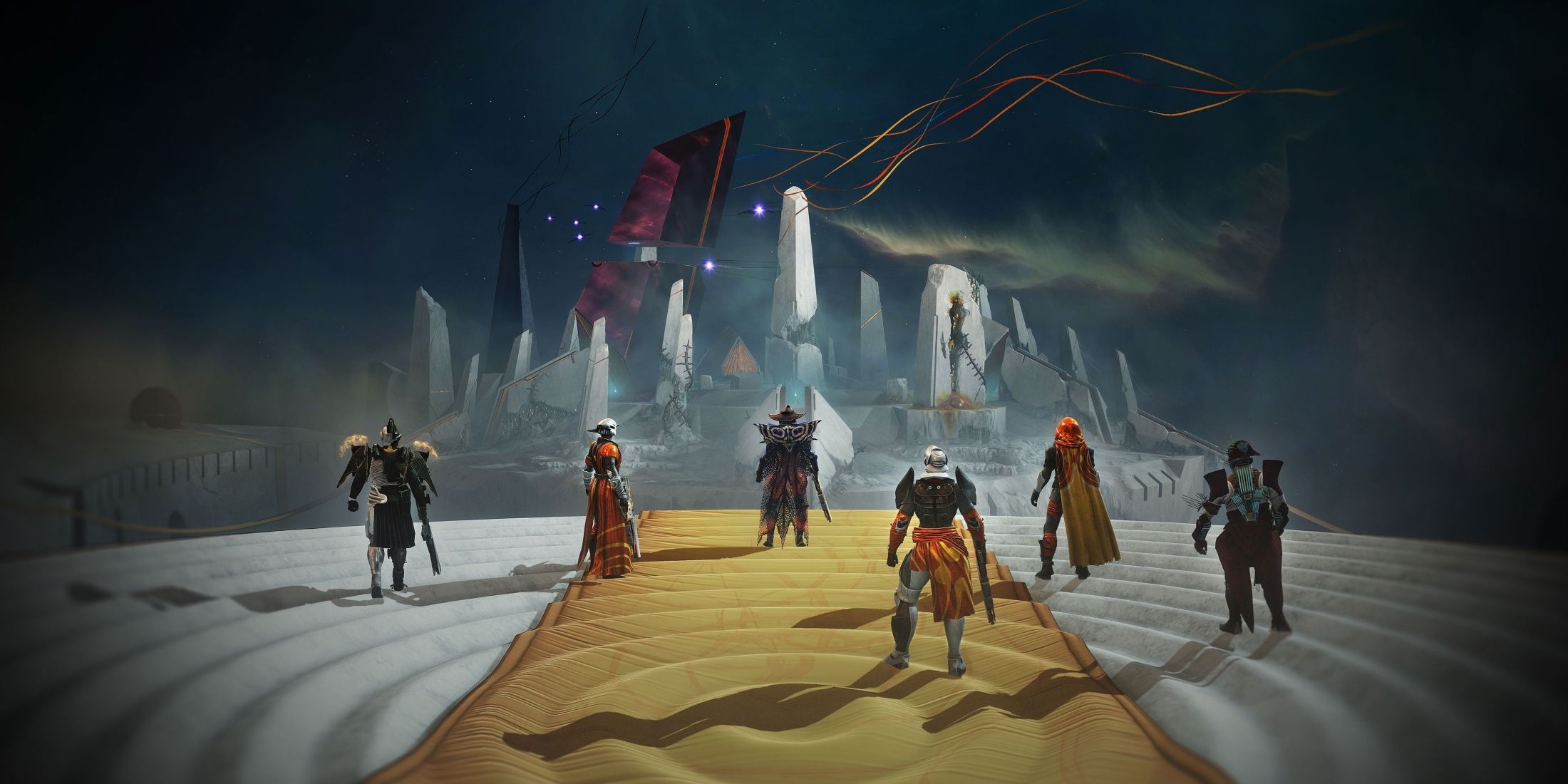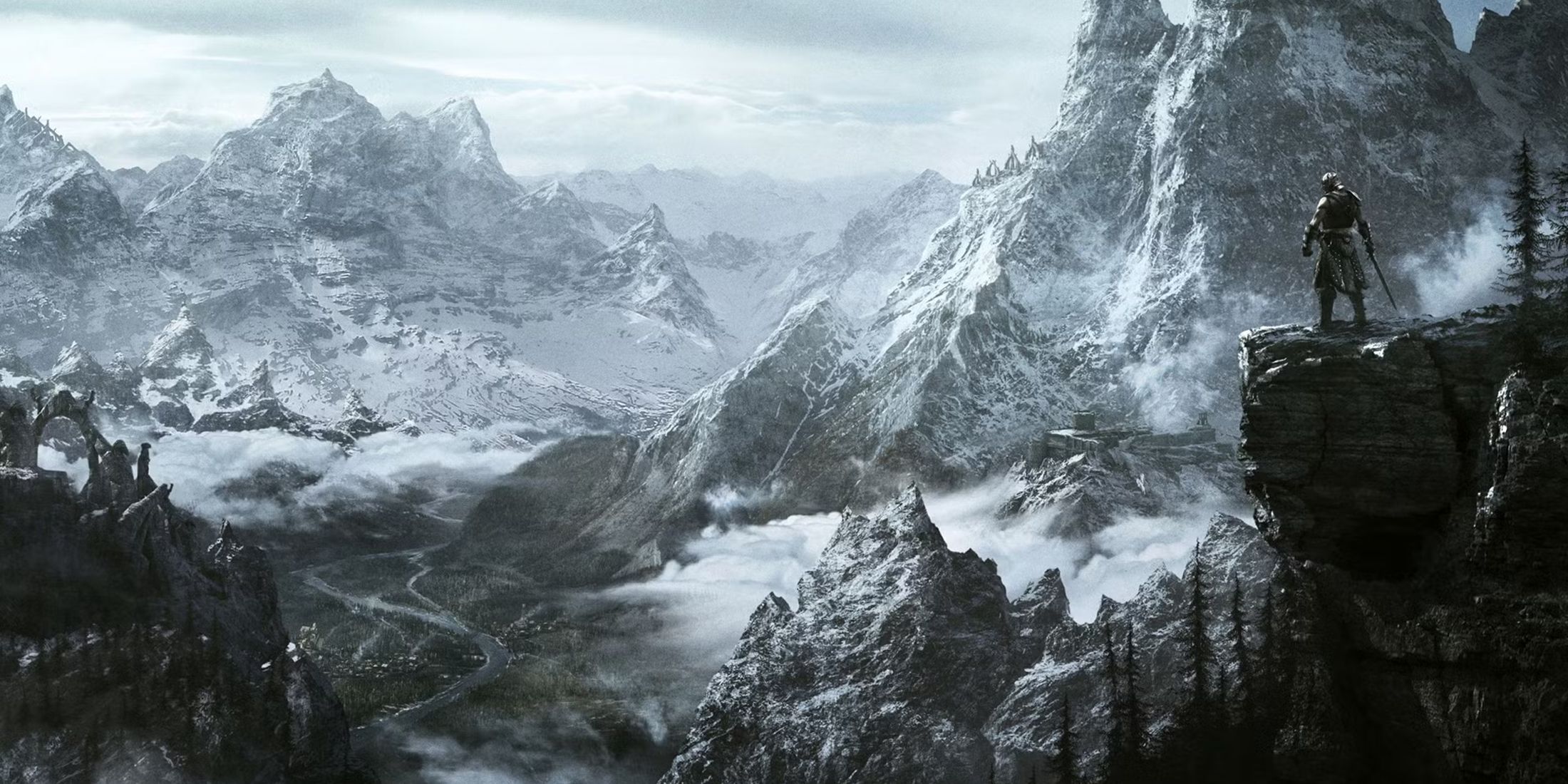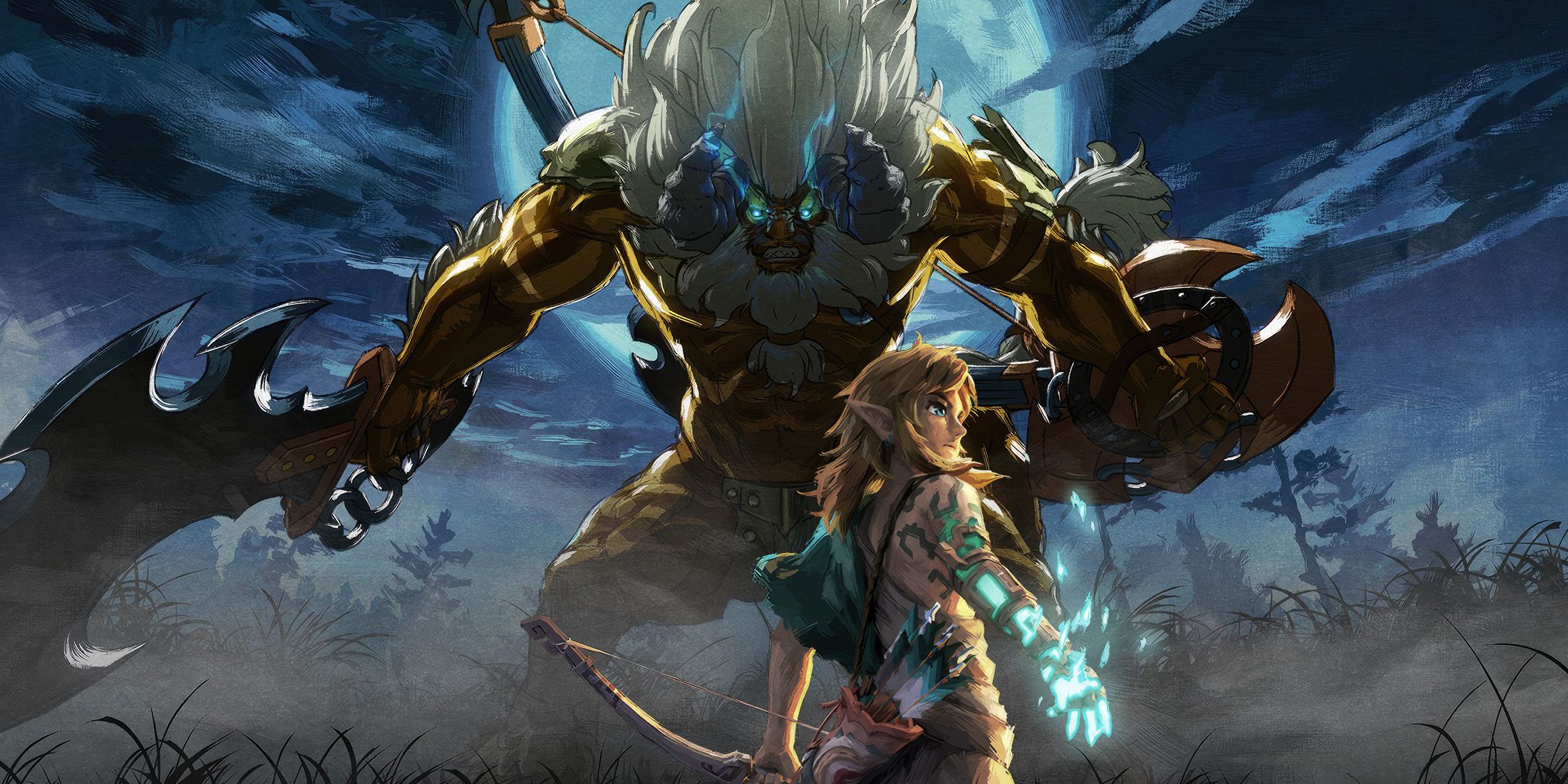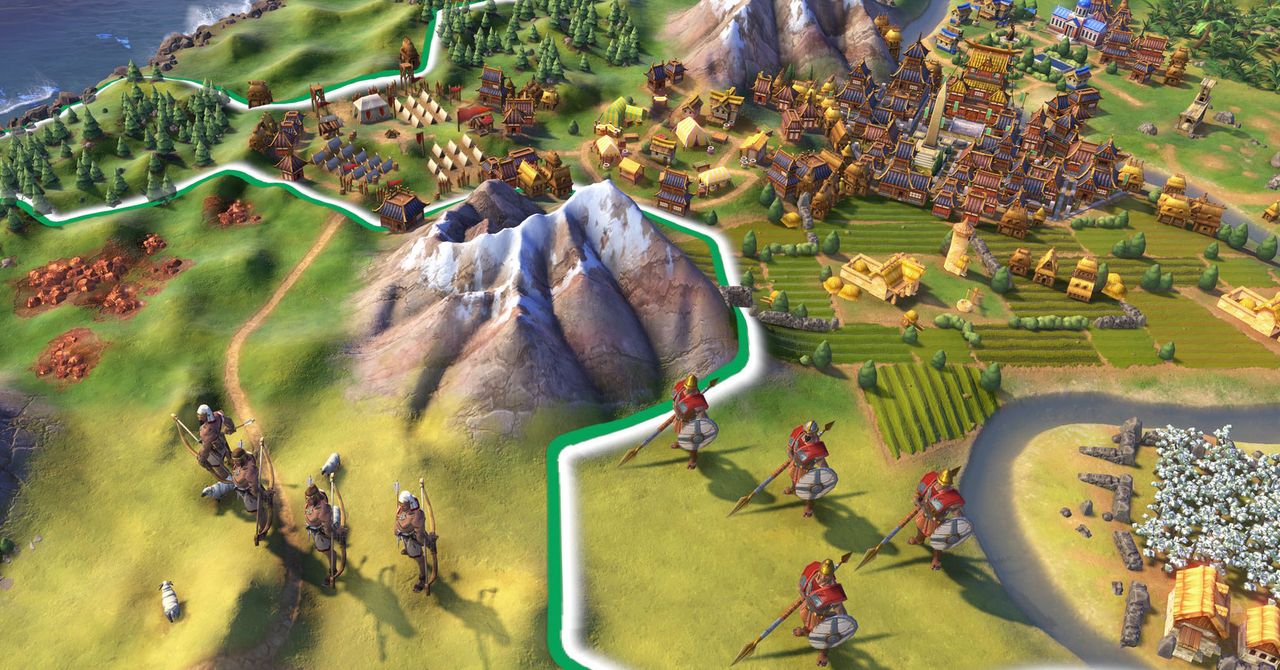
There was a time, not long ago, when real-time strategy (RTS) games ruled the world. StarCraft emerged out of the '90s as the world's most prestigious esport. The game's first sequel, StarCraft II: Wings of Liberty, sold over 3 million copies in its first month on the market. PC grognards used to orient their entire hype indexes around the latest Relic release. It was the trump card they held over the console contingency—seriously, what's the point of buying an Xbox if it can't play Homeworld, Dawn of War, or Company of Heroes?
Gamers benchmarked the latest graphics cards by how well they could process the swarming units onscreen. I remember being in awe of Supreme Commander, and the mountains of RAM necessary to render its buzzing, quicksilver spaceships. RTS games were even major players in the licensing ecosystem. I mean, has there ever been a better movie tie-in than The Battle for Middle-Earth? Or Empire at War?
This is what life was like in the mid-2000s. Blizzard proved it was possible to build a dominion out of tight, well-balanced RTS titles, and the rest of the power brokers in the industry raced to catch up. Everyone took a swing. Remember Ubisoft's EndWar? Or EA's Command & Conquer? Or, hell, Nintendo's Pikmin? No distribution portfolio was complete without a flagship RTS; the shareholders demanded that we click and drag boxes over smatterings of idle riflemen.
You probably know the story from here. StarCraft II arrived in 2010 to scintillating, breathless reviews. It was followed by two campaign sequels, concluding in 2015 with the triumphant Legacy of the Void, and then, inexplicably, the signal went dead. New RTS games simply stopped coming out, seemingly overnight. The titans of the genre have all dried up. The last new Command & Conquer entry was a freemium mobile game, and we've all been waiting on the next Empire Earth for nearly two decades. Gas Powered Games, which gave us the incredible highs of the aforementioned Supreme Commander, boarded up shop in 2018. Ensemble Studios, which won us all over with the Age of Empires series, didn't survive past 2009. Hell, Blizzard hasn't released a new StarCraft game—RTS or otherwise—in six years. That reality would've been inconceivable during the exultant highs of the Brood Wars. Now? It's just a sign of the times.
Sign Up Today Sign up for our Games newsletter and never miss our latest gaming tips, reviews, and features.
Sign up for our Games newsletter and never miss our latest gaming tips, reviews, and features.I am a lifelong RTS fanatic. One of the first games I fell in love with was Red Alert 2, and I am capable of getting misty-eyed about the perpetually underrated World in Conflict. I assumed that my life would be dotted with new RTS games forever; that the genre would remain an unwavering priority within the economics of PC development. So I grew increasingly perplexed as they evaporated from the map. Why did everyone stop making RTS games? How has one of the most hallowed modules of gaming—this sacred form that gave us the first formal esports leagues and a litany of all-time classics—been kicked to the curb? Luckily, some of the veterans of RTS production had answers.
“There is an incredibly stable player base around Starcraft II,” says Tim Morten, who worked on RTS games at both Electronic Arts and Activision Blizzard from 2014 to 2020. "That game has its own community. But other games started to surpass the size of that player base. You could point to MOBAs [multiplayer online battle arenas], or battle royales, or any other genre. RTS hasn't broken out to those levels. But it has continued to stay very healthy. I've seen the internal mechanics of pitching new RTSes. For big public companies, they want to return max value for their shareholders. That's just business, and they're going to focus on the things that generate the most return," he says.
"The book 'The Fall and Rise of Real-Time Strategy Games' provides a compelling narrative on the history, evolution as well...
The Fall and Rise of Real-Time Strategy Games expertly chronicles the evolution – from its ascendant peak to modern renaissance, demonstrating how gaming technology's advancements not only saved but revitalized this once dominant genre.
The essay, ' The Fall and Rise of Real-Time Strategy Games', provides a compelling analysis that sheds light on the industry' involves juggling between technological advancements versus player satisfaction in this ever evolving gaming landscape.
The Fall and Rise of Real-Time Strategy Games exemplifies both the brilliance that contributed to their ascendancy, as well as challenges faced during inevitable decline – providing insightful reflections on an era integral for gaming history.
The Fall and Rise of Real-Time Strategy Games elegantly traces the evolution from its early days to modern times, highlighting not just technological advancements but also how they shaped our gaming culture.
Where Real-Time Strategy Games once plummeted into the obscurity of a bygone era, their resurrection in recent years has been nothing short but spectacular with innovative titles like StarCraft and League这张of Legends paving immense spaces for strategy amidst exhilarating gameplay.
The Fall and Rise of Real-Time Strategy Games, a stirring narrative that captures the evolution from bustling MOBAs to immersive realms dominated by RTS gameplay's resurgence - it is nostalgia meets innovation as each generation discovers once abandoned genres with newfound passion.
An absorbing study on the precipitous decline and stunning resurgence of Real-Time Strategy Games, exemplifying how innovation in technology propelled forward their evolutionary arc.
The evolution of real-time strategy games, as depicted in 'The Fall and Rise,' offers a dynamic assessment on how this genre shifted from its complex roots to the more streamlined yet equally engaging modern times.
The Fall and Rise of Real-Time Strategy Games vividly recounts the meteoric rise, remarkable innovations in gameplay mechanics leading to an unprecedented cultural phenomenon alongside its inevitable decline as competition escalated.
The article, 'The Fall and Rise of Real-Time Strategy Games,' captures the tumultuous history—from its golden era's dominance to modern resurgence with unique twists such as esports integration. It offers an insightful perspective regarding their evolution in gaming culture.
The Fall and Rise of Real-Time Strategy Games brilliantly examines the meteoric rise, subsequent decline in popularity amidst evolving technological trends but also nurtures hope for its eventual renaissance fueled by fresh innovations.
Real-time strategy games have evolved from an innovative gaming genre to a vibrant community cornerstone, their fall extending innovations' boundaries and paving the way for continuous rise in elaborate gameplay dynamics.
The essay 'The Fall and Rise of Real-Time Strategy Games' provides a nuanced analysis on how the genre evolved from its heights to struggles, only for an unprecedented surge in popularity that has redefined player expectations once again.
The Fall and Rise of Real-Time Strategy Games: A narrative that charts the persevering rise amidst occasional setbacks, showcasing how these game masters reinvented their genre through strategic innovation and vivid VR experiences.
The Fall and Rise of Real-Time Strategy Games brilliantly chronicles the evolution – from its humble beginnings to modern day dominance - showcasing not just a technical advancement, but also an enduring fascination for strategists worldwide.
Real-Time Strategy Games' Fall and Rise is a poignant examination of the genre’s evolution from arcade staples to modern, hyper interactive narratives that balance strategic depth with immersive gameplay.




